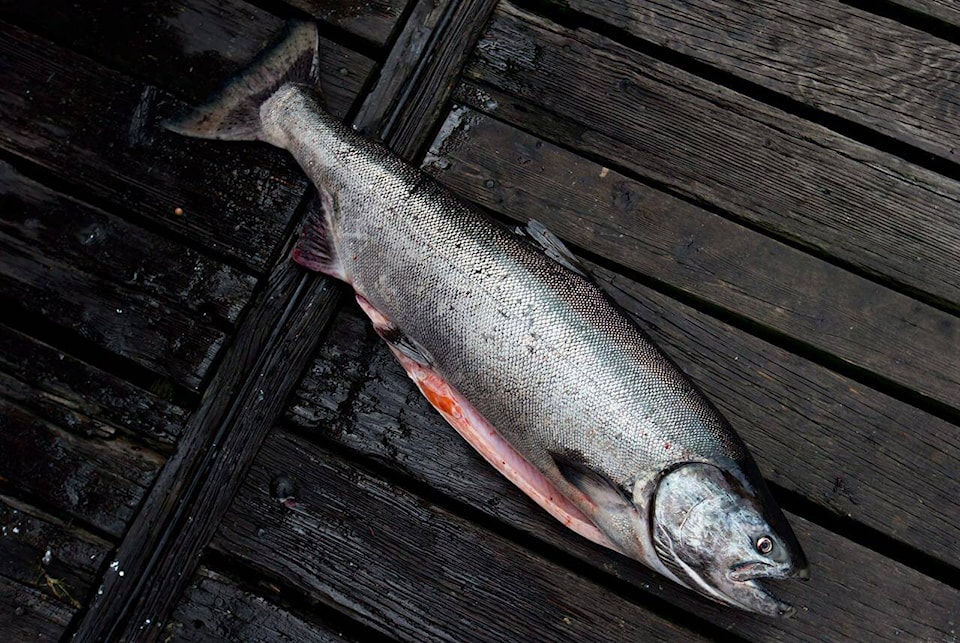Water, Land and Resource Stewardship Minister Nathan Cullen says officials are estimating a four-to-seven-day window for returning sockeye salmon, but the "majority" of the chinook run is already past the Chilcotin landslide area.
, Cullen said the province is working very closely with First Nations and Fisheries and Oceans Canada to prepare.
"While we know that there will be impacts on fish from there this event, our early assessment is that the majority of the chinook run is already past the landslide area," he explained.
"We are also estimating that we should have four to seven days to plan for returning sockeye salmon as they work their way up the Fraser system to the Chilcotin."
Cullen added the province will have more information on the situation in the coming days.
, where they will spawn. But to get there, they have to get through Farwell Canyon, close to where the dam of rock and mud is in the way. The slide is about 22 kilometres upstream from the bridge.
The landslide, which rolled down and blocked the Chilcotin River south of Williams Lake overnight Tuesday, is an estimated 1,000 metres long, 100 metres in width and 30 metres deep.
– With files from The Canadian Press




